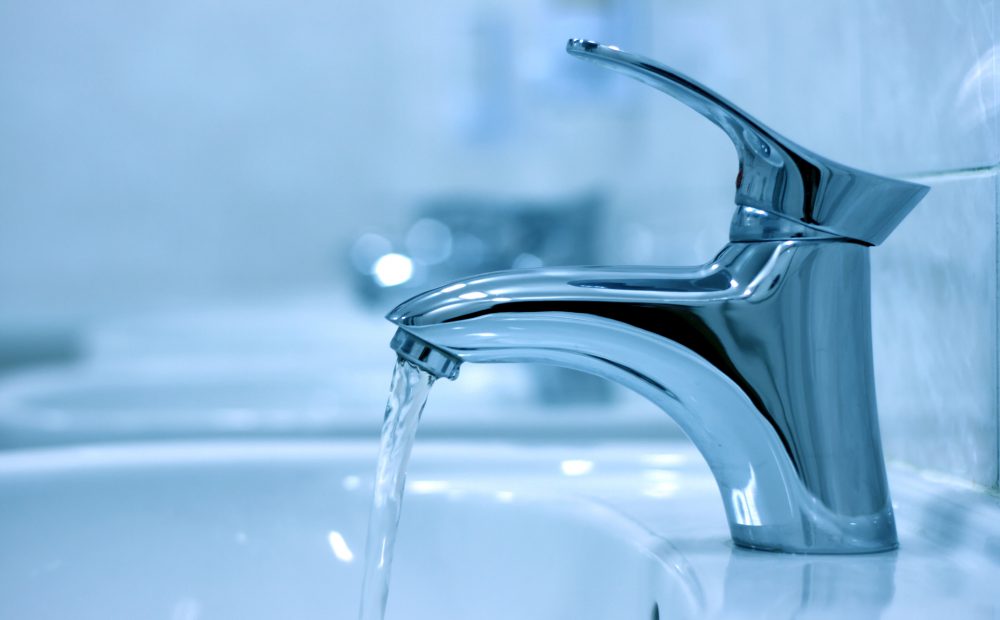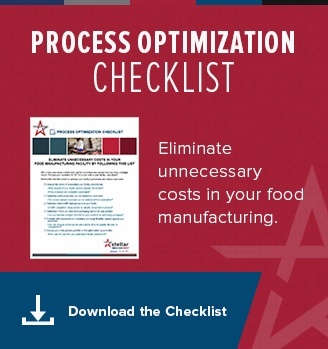Food and beverage manufacturing facilities are notorious for how much water they consume. While water is central to your plant’s operations, there may be ways you can operate more efficiently and be smarter about how your plant uses water.
Optimizing your water consumption is not only better for the planet, but it may save you in utility costs as well. Let’s look at five basic ways to reduce water consumption in a facility.
1. Low-flow fixtures in employee welfare spaces
The easiest way to reduce water consumption in your facility is to use low-flow fixtures in employee welfare spaces. Reducing water usage in processing and cleaning areas can be more challenging, so the low-hanging fruit is really found in areas of the plant such as restrooms, kitchens and break rooms. Just by switching to low-flow sinks, toilets and dishwashers in these employee welfare areas, you can reduce your plant’s overall water usage by upwards of 30 percent.
2. Drought-tolerant landscaping
Another big opportunity for water savings is located outside your facility. Select drought-tolerant landscaping and opt out of an irrigation system to reduce your overall water usage. Plus, you don’t want too many plants around a food manufacturing facility anyway, especially fruit-bearing species that can attract rodents. We advise most of our clients to stick to minimal, drought-tolerant landscaping to spruce up the entryway and the parking lot — and to leave it at that.
3. Create less mess in your processing
When it comes to process areas, water is mostly used for sanitation and clean up. While there isn’t a magic formula or technology to automatically reduce water consumption, there are a couple of ways you can ensure you’re using water efficiently.
First of all, train your staff to reduce the “mess” created in processing as much as possible. This is an operational thing and perhaps “out-of-the-box” thinking, but it makes sense: If you reduce the amount of mess you make, you reduce the amount of water needed to clean it up. While it may sound obvious, you may be surprised at how many plants can do more to make their processing cleaner.
4. Use an efficient balance of cleaning solution, water pressure and temperature
The second factor when it comes to reducing water in your processing is the ratio of chemical solution, water temperature and water pressure used in cleaning. By determining the most efficient amount of chemicals and/or the right type of chemicals, you can reduce the amount of water needed in cleaning. (Generally speaking, the greater the chemical concentration and temperature, the less pressure is required, which means less water used.) Of course, this ratio is influenced by a number of variables and will vary depending on a particular plant’s products and needs.
Another tip: Be careful what kind of cleaning solution you use. Chlorinated cleaners are very common for cleanup, but they can spell headaches in facilities that use a lot of stainless steel. When you apply a heated chlorinated solution (above 140°F) to stainless steel, it will corrode the material over time.
5. Nozzle restrictors
Something else to consider is the use of nozzle restrictors. We sometimes specify these components be added to hoses in a facility to reduce water pressure and thus reduce water usage. However, employees may sometimes remove these restrictors to increase pressure and thus make clean up faster. The trade-off, of course, is that they use more water in exchange for speeding up cleaning.
Greywater: Not the best option for food plants
While the above suggestions are all good options for a food and beverage facility, I also wanted to address a question plant owners often ask: Should we use a greywater system to help conserve water? These systems recycle gently used water from sinks and cleaning processes and often use that water for irrigation.
While greywater reuse can be a viable option to conserve water in commercial buildings, we typically advise against these systems in food and beverage plants. The payoff in water savings is simply not worth the potential food safety risk. All it takes is for one person to accidentally tap into the system without realizing it’s greywater and suddenly you could have a major food safety problem on your hands.




